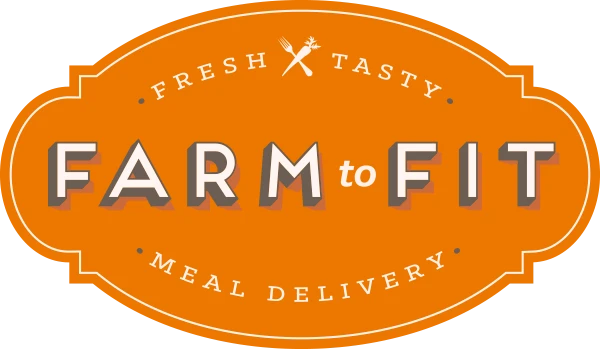5 Ways To Change Your Eating Habits Permanently
Posted on
Humans are creatures of habits and one of the most defining of all is our eating habits. Research shows that children often acquire the basics of eating habits through early feeding practices by their parents. These eating habits may change as we grow through different experiences. Some may pick up unhealthy eating habits along the way, while others build good eating habits as they age.
Regardless of your past habits, one thing is for sure : good eating habits are essential to our health. The good news is, there are ways to reset your eating habits. If you’re asking how to change your eating habits to lose weight and stick with good eating habits permanently check out the below steps:

1. Start with a food diary
This may sound impractical at first, but reflecting on your past habits and planning for new goals are important to unlocking good eating habits permanently. Whether you are changing your diet to lose weight or get healthier, it helps to focus and plan ahead.
To start with, you can try the following steps:
- Create a list of your eating habits. Track what you eat for the first few days and write down what and when you eat. Try to highlight your eating habits too such as : tendency to snack during late afternoon, craving sweets at night time or eating too fast, skipping meals etc.
- Evaluate your notes and see where you can cut out the extra calories. You can also start understanding your cravings or timing to avoid the tendencies to snack out.
- While you're at it, write down your goals and commitment to reset or develop good eating habits.
- More in depth discussion on how to keep food journal can be found here.
 Photo by Louis Hansel on Unsplash
Photo by Louis Hansel on Unsplash
2. Know the difference between bad & good eating habits
Sometimes it’s not that we don’t want to build good eating habits, but rather we don't know the difference between the bad and good eating habits. For example, just because it’s labeled as “low fat” or “ low-sugar”, it does not necessarily mean it’s suitable for you.
We do know that good eating habits are related to healthy choices of food. As outlined by WHO, a healthy diet comprises a combination of different foods. These include:
- Staples like cereals (wheat, barley, rye, maize or rice) or starchy tubers or roots (potato, yam, taro or cassava).
- Legumes (lentils and beans).
- Fruit and vegetables.
- Foods from animal sources (meat, fish, eggs and milk). Or, if you prefer a vegan diet, equitable protein sources!
 Photo by LOGAN WEAVER on Unsplash
Photo by LOGAN WEAVER on Unsplash
3. Start replacing your old habits with good ones
Now that you have a basic guideline to what entails a healthy diet, start checking your food diary to see how you can make healthier swaps. As guidelines, follow these to develop good eating habits:
- Eat plenty of vegetables and fruits : they are important sources of vitamins, minerals, fiber, protein and antioxidants. A diet rich in vegetables and fruits also is related to lower risk of obesity, heart disease, stroke, diabetes and certain types of cancer.
- Eat less fat : Eating too much the wrong kinds of fats such as saturated or industrially processed fats can increase the risk of heart disease and stroke. Limit your total fat consumption to 30% of your overall calorie intake.
- Limit sugar : For a healthy good eating habit, sugar should be no more than 10% of your total calorie intake. Choose fresh fruits instead of sweet snacks.
- Reduce salt intake : Limit the amount of salt and high-sodium condiments may reduce the risk of heart disease and stroke.

4. Be wiser with your drink choices
A big part of good eating habits start from water. For example, do you know that starting all meals with a glass of water may reduce food intake to 44%? Good eating habits include healthy drinking habits as well.
Drink water instead of sugary drinks when you’re thirsty and continue to nourish your body with enough hydration throughout the day. Beware of calories hidden in each drink but don’t forget your dairy as the source to key nutrients such as calcium, vitamin D and potassium.
 Photo by Mpho Mojapelo on Unsplash
Photo by Mpho Mojapelo on Unsplash
5. Control your environment
Lastly, to really develop and maintain good eating habits permanently, learn how to set yourself in a healthy environment. These includes little changes such as:
- Limit temptation by removing all snacks around your workplace.
- Keep more fruits and healthy snacks at home and at work.
- Learn to cook basic and simple recipes.
- Pack your own lunch and snacks for work - or let Farm to Fit deliver them to you!
- Don’t skip or delay meals otherwise you’ll set yourself up to hunger.
- Switch to smaller dinnerware for portion control.
Keep your good eating habits over time to really make a permanent change. To supplement your healthy lifestyle and to see significant change to your overall health, try to adopt a workout routine. By implementing exercise in your lifestyle, you’ll be more inclined to stay focused and make long term commitments for good eating habits and better living quality.
